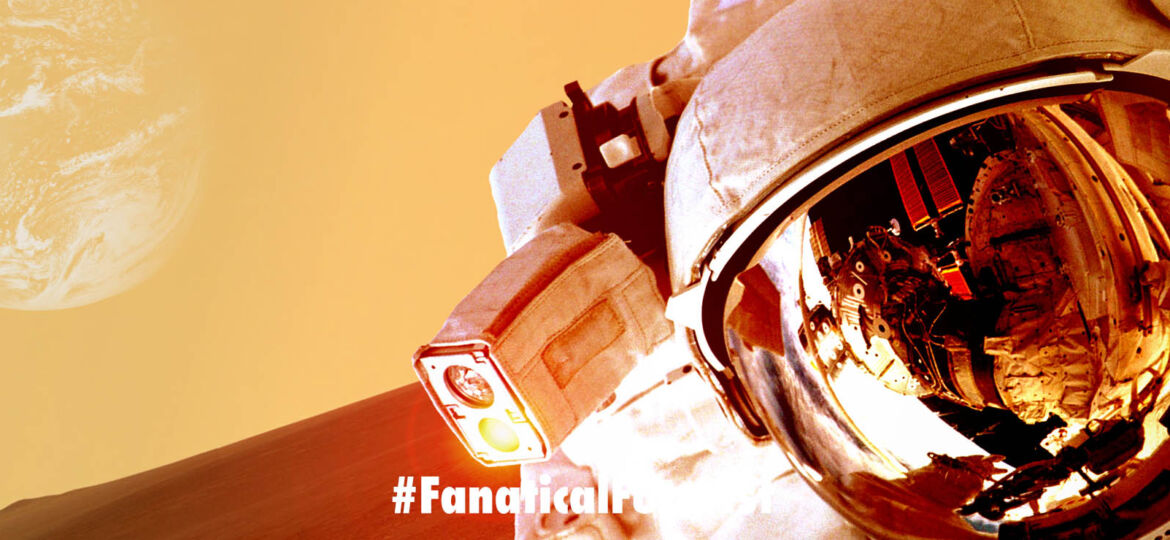
WHY THIS MATTERS IN BRIEF
Being able to 3D print buildings on the Moon means optimising 3D printing technology and processes, operating lean, and being as efficient as possible – which one day could revolutionise how we build buildings on Earth.
 Love the Exponential Future? Join our XPotential Community, future proof yourself with courses from XPotential University, connect, watch a keynote, or browse my blog.
Love the Exponential Future? Join our XPotential Community, future proof yourself with courses from XPotential University, connect, watch a keynote, or browse my blog.
NASA, SpaceX, the Chinese, and the UAE, and several other countries and organisations are all eying up Mars as man’s first inter-planetary space colony, and obviously those first colonists will all need somewhere to live which is why a couple of years ago NASA launched a competition to design the first Martian habitats. Now international design house Hassell has unveiled its vision for human habitation on Mars after NASA announced they’d progressed to the last 10.
For the competition NASA, who’ve suggested growing homes on Mars from fungi, and who recently partnered with ICON to 3D print its first Moonbase, sought perspectives from outside the aerospace industry in order “to explore how a human habitat could be designed and delivered on Mars using autonomous 3D printing technologies and sustainable design practices,” and as you can see from the stunning designs and promo reel the approach by Hassell and engineers Eckersley O’Callaghan “puts people first” and moves beyond the idea of astronauts as operators, “to create a habitat where people can not only survive life on Mars but really thrive there.”
Hassell head of design technology and innovation, Xavier de Kestelier, said the Mars centennial challenge is a welcome opportunity to bring a human element into aerospace design.
“Designing for space exploration is typically very functional. It focuses on achieving maximum performance and maximum efficiency for technology and machines – but not for people. We have set out to create an environment on Mars, which is not only high performance but also provides a degree of comfort and familiarity for the astronauts. It’s an environment where they feel safe and equipped to do the most important work in the history of space exploration,” he said.
Hassell teams in London and San Francisco studios partnered with Eckersley O’Callaghan to design an external shell of the habitats which could be constructed entirely by blue collar autonomous robots using Mars’ natural regolith as a building material. The robots would be sent in an unmanned rocket months, possibly even years, before the astronauts are due to arrive on Mars which would allow the shell to be complete when the astronauts land and offer them a degree of protection from the harsh martian elements. Then, once they land, they would rapidly finish off the building’s interior using a series of inflatable “pods” that incorporate all the living and working elements for everyday life on the red planet. And if Elon Musk gets his way, as he announced last year, then who knows, we might all soon be buying a one way ticket and a house on Mars for less than the price of a house on Earth… which then begs the question: Would you leave Earth for Mars?
















